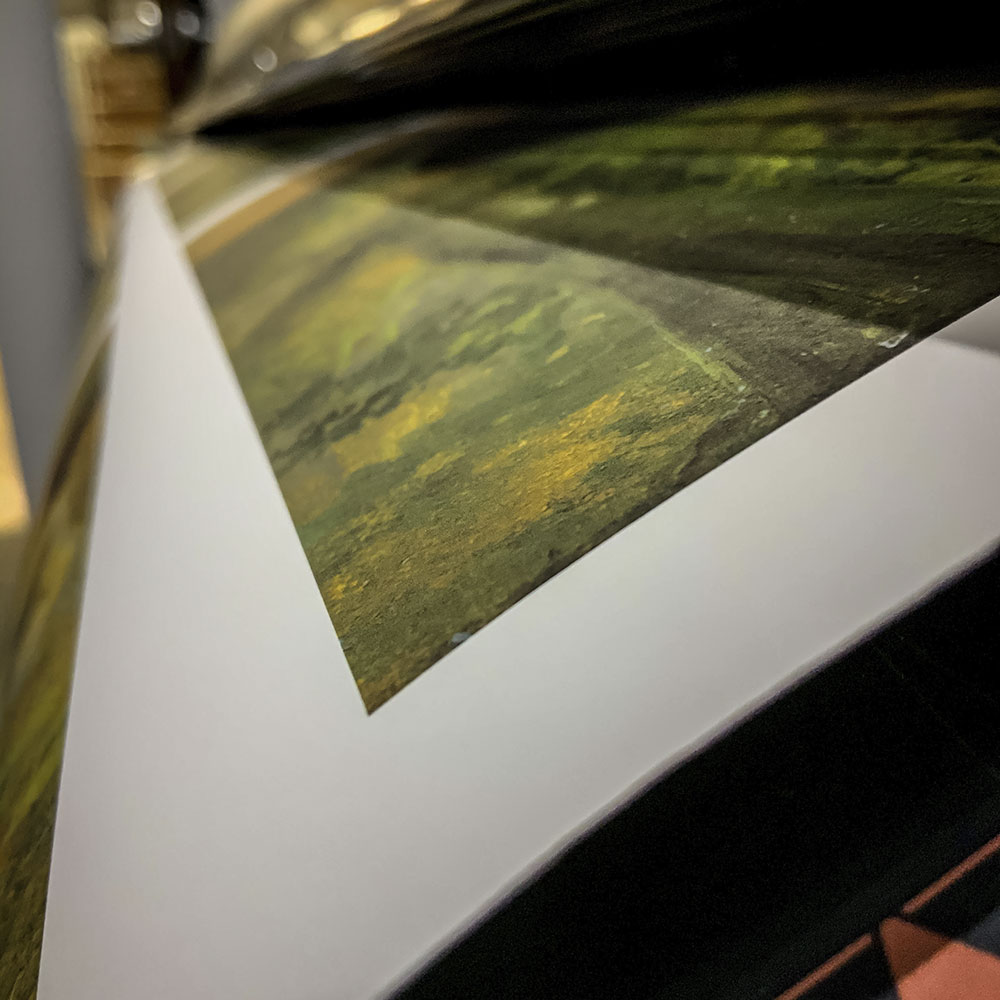Marc Chagall (French, b. Belarus, 1887–1985), The Horseman, 1966. Oil on canvas, 57 1/2 × 45 in. (146.05 × 114.3 cm). Milwaukee Art Museum, Gift of Mr. and Mrs. Harry Lynde Bradley. M1973.602. Photo: Cleber Bonato. © 2025 Artists Rights Society (ARS), New York / ADAGP, Paris.
Chagall's unique style is a synthesis of the fauve's use of color and the emotional subject matter of the Expressionists. The artist's work is grounded in the childhood memories, religion, and folklore of his Russian-Jewish heritage. Here a vividly colored horseman floats across a dense red backdrop surrounded by images of mythological lovers, flowers, a fiddler, and a mother with children. These figures suggest themes of love, courtship and family in the Jewish community that is threatened by the burning houses in the background, a reference to the history of Jewish persecution. Chagall abandoned realistic color to achieve greater expressive qualities and often scratched through the paint surface to delineate forms.



